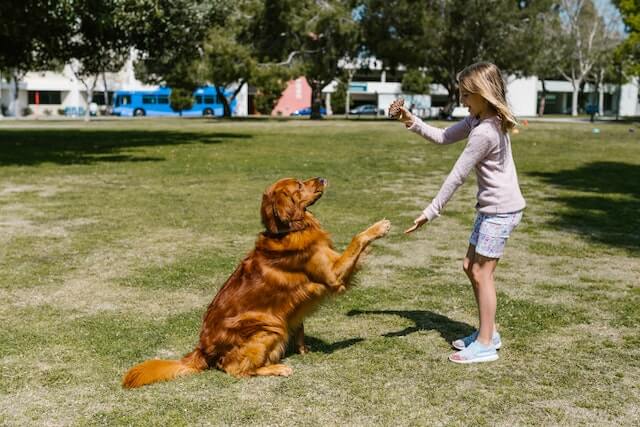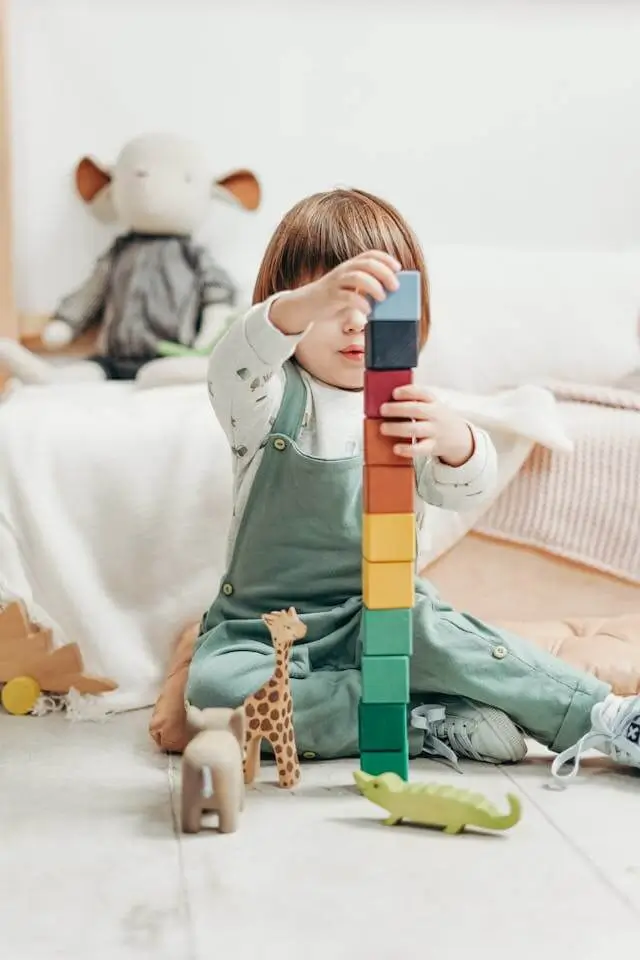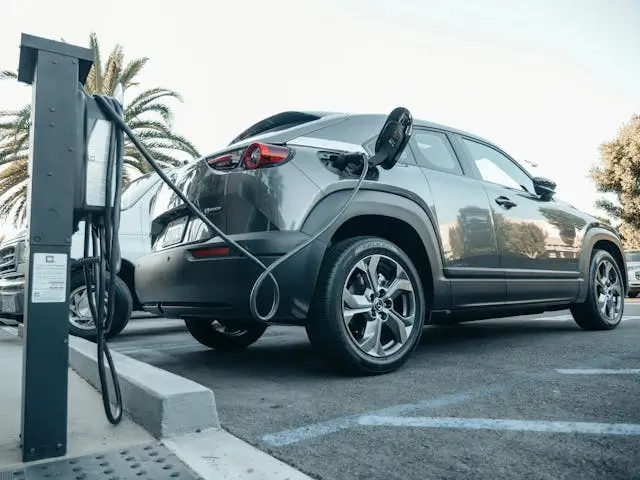
Having a dog in a family with children can be an incredibly rewarding experience. Dogs bring joy, unconditional love, and a myriad of benefits to family life. They become trusted companions, playmates, and confidants, creating cherished memories that last a lifetime. However, to fully enjoy the positives of having a dog in a family setting, it is crucial to build a safe and harmonious relationship between the dog and the children. This foundation sets the stage for a mutually beneficial connection that promotes happiness, growth, and well-being for both the children and the furry family member. In this article, we will explore tips, and guidance on how to create a safe and nurturing environment that nurtures this special relationship. By building a strong and respectful connection, families can unlock the true potential of the unique bond between dogs and children, fostering a lifetime of love, companionship, and cherished memories.
choosing the right dog breed for your children
While individual temperament can vary within breeds, certain dog breeds are often known for their compatibility with children. Labrador Retrievers, Golden Retrievers, and Beagles are generally recognized as family-friendly breeds due to their friendly, patient, and sociable nature. Boxers and Bulldogs are known for their affectionate and playful personalities, making them great companions for children. Collies, including the Border Collie and Rough Collie, are intelligent, gentle, and protective, often forming strong bonds with children. The Cavalier King Charles Spaniel is another breed that is known for its gentle and affectionate demeanor, making it an excellent choice for families with children. Remember, proper training, socialization, and supervision are crucial regardless of the breed to ensure a safe and harmonious interaction between dogs and children.
introducing your dog to your child
Introducing your dog to your newborn or young child requires careful preparation and supervision. Start by gradually familiarizing your dog with the scent of the baby by bringing home an item of clothing or a blanket before the actual introduction. When the time comes, ensure that the initial meeting is calm and controlled, allowing your dog to approach at their own pace. Always closely supervise the interaction, keeping a safe distance and providing positive reinforcement for calm behavior. Encourage gentle and supervised interactions, such as sniffing or gentle petting, while maintaining a safe physical distance. Gradually increase the duration and proximity of interactions, always prioritizing safety and comfort for both your dog and child.
ensuring the safety of both my dog and my child during playtime
Ensuring the safety of both your dog and child during playtime requires careful supervision and setting clear boundaries. Start by teaching your child how to interact appropriately with the dog, including gentle petting and avoiding rough play. Establish a designated play area where both can engage in supervised activities. Encourage calm and controlled play, avoiding activities that may agitate or overstimulate either the dog or child. Teach your child to respect the dog’s space and avoid pulling on ears or tails. Additionally, closely monitor their interactions, stepping in if either the dog or child shows signs of discomfort or stress. Regularly assess the energy levels and behavior of both your dog and child to ensure a harmonious and safe playtime environment.
signs of a a positive and safe relationship between my dog and child
To ensure a positive and safe relationship between your dog and child, it’s important to observe certain signs. Look for relaxed body language from both the dog and child, such as loose, wagging tails, soft eyes, and calm demeanor. Observe gentle and appropriate interactions, such as gentle sniffing, licking, or relaxed play. Pay attention to your dog’s tolerance and patience, ensuring they have the ability to walk away or take breaks when needed. Additionally, watch for signs of discomfort or stress, such as tense body posture, raised hackles, growling, or avoidance behaviors. It’s crucial to intervene if you notice any signs of tension or discomfort, providing a safe and controlled environment for both your dog and child to interact positively.
Precautions to take to prevent accidents or incidents between my dog and child
Taking precautions to prevent accidents or incidents between your dog and child is essential for their safety. Firstly, establish clear boundaries and teach your child how to interact respectfully with the dog, including avoiding rough play or approaching the dog while eating or sleeping. Never leave your child and dog unsupervised, especially during playtime or when sharing space. Create a safe environment by providing a designated area for the dog with their bed, toys, and food, where they can retreat if needed. Teach your child not to disturb the dog when they are in their designated space. Additionally, invest time in training your dog to respond to basic commands, such as “sit” and “stay,” ensuring they can be easily controlled in situations involving your child. By implementing these precautions, you can significantly reduce the risk of accidents or incidents, promoting a safe and harmonious relationship between your dog and child.
With proper guidance, supervision, and an understanding of each other’s needs, families can navigate the journey of raising children alongside their four-legged companions, creating a foundation of love, trust, and lifelong friendship. Embracing this special relationship is a gift that continues to enrich the lives of both dogs and children, fostering a lifetime of cherished memories and unwavering companionship.



